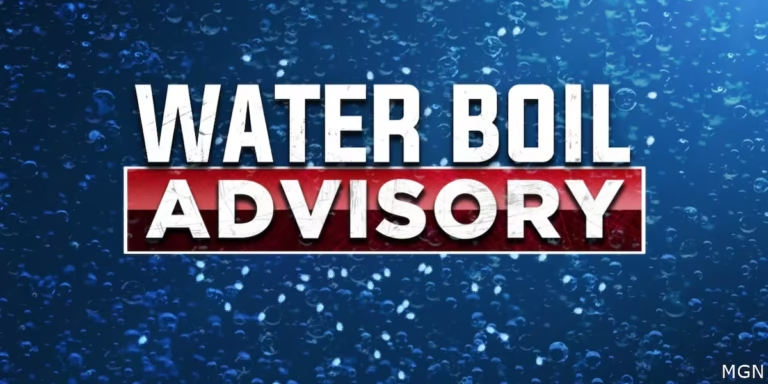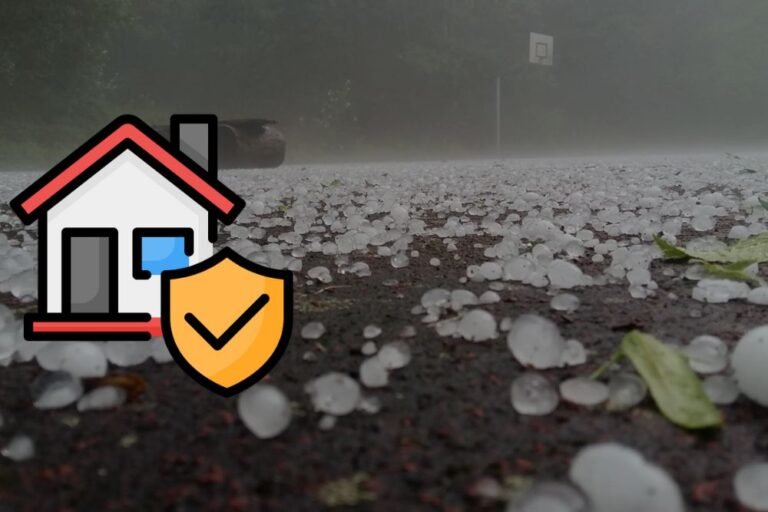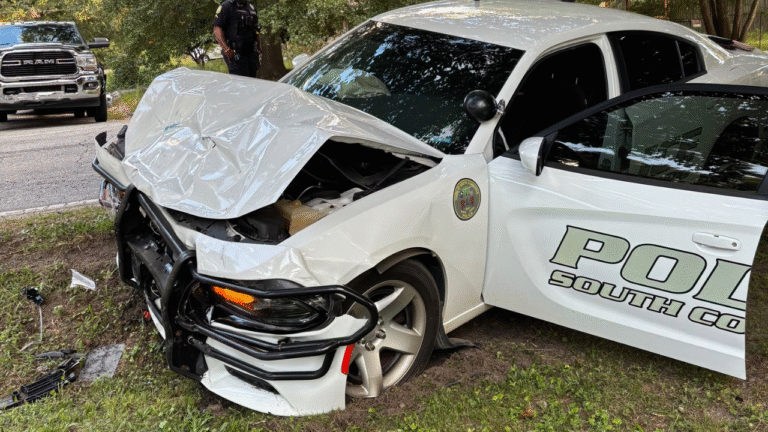Former Produce Manager Warns Against Pre-Sliced Fruit—Here’s What Health Officials Say You Should Do Instead
LOS ANGELES, Calif. — A former grocery manager has gone viral after alleging that pre-sliced fruit is preserved by soaking it in bleach water. The shocking claim sparked outrage among shoppers who rely on the convenience of grab-and-go produce cups. But health officials caution that the claim is misleading—and that following official safety guidelines is the best way to keep families healthy.
Viral Video Sparks Fear
In a TikTok video viewed over 112,000 times, former produce manager @darksidesmiley claimed grocery stores repackage fruit that is close to spoiling and soak it in bleach water to extend its shelf life.
“What they do is take the fruit that’s about to be bad, no matter what kind of fruit it is. And in order to get it in there and have it stay in there and not go bad while it’s in there, they soak it in bleach water,” he said in the viral post.
He ended with a chilling warning:
“It makes me sick to even think about. So stop eating those. They’re gross.”
The video immediately drew strong reactions, with some viewers swearing off pre-cut produce. Others in the grocery industry pushed back, saying the practice described simply isn’t standard.
Food Safety Authorities: Never Use Bleach on Produce
While the video sparked concern, food safety officials stress that using bleach on produce is not only unsafe—it’s dangerous.
The FDA explicitly warns that fruits and vegetables are porous, meaning bleach and other chemicals can be absorbed into the flesh. Even with rinsing, residue may remain and pose a health risk. Instead, the agency recommends rinsing produce under cold running water, scrubbing firm items like melons with a clean brush, and drying with a cloth or paper towel. “Soaps, bleach, or commercial washes should never be used on produce,” the FDA states in its official produce safety guide.
The CDC agrees. In a review of unsafe pandemic-era cleaning habits, it found a spike in poison control calls from people trying to disinfect food with bleach. The agency emphasizes that household chemicals belong on hard surfaces like countertops and floors—not on food. Its food safety recommendations highlight that cold water and clean tools are the only safe methods for cleaning fruits and vegetables.
Why Pre-Cut Fruit Still Raises Concerns
Even without the bleach claim, experts warn that pre-sliced fruit carries higher food safety risks compared to whole produce.
According to FDA data, 25% of foodborne illness outbreaks linked to fresh produce involve fresh-cut items, because peeling and slicing remove protective outer layers and create moist conditions where bacteria can grow. The agency’s fresh-cut produce safety guide notes that improper handling, storage, or cross-contamination can easily spread pathogens like Salmonella or E. coli.
A nutrition review by Mashed adds several hidden downsides:
- Higher costs: Pre-cut fruit can cost 2–3 times more than buying whole.
- Nutrient loss: Water-soluble vitamins like B and C degrade faster once produce is cut.
- Shorter shelf life: Cut fruit often spoils in just days.
- Environmental impact: Packaging, refrigeration, and waste add to the carbon footprint.
Industry Pushback
Not everyone supports the viral claim. Some produce workers said the bleach story is false.
“I work in produce at Publix and this is not true. It’s cut fresh and soaked in nothing,” one commenter wrote.
Others noted that while pre-cut fruit is safe, it often tastes different. One shopper commented that “pre-cut tastes so weird, acidic almost, and a bit slimy.” Another industry veteran added:
“I’ve worked in grocery stores for 25 years and have absolutely never heard of this.”
This division shows that while food safety practices vary by store, bleach soaking is not an accepted industry standard.
How Consumers Can Protect Themselves
Health experts recommend these practical steps:
- Choose carefully: Buy produce that is firm, unbruised, and refrigerated if pre-cut.
- Wash properly: Rinse under cold water before peeling or cutting. Firm items like cucumbers or melons should be scrubbed with a clean brush.
- Avoid chemicals: Stick to water—never bleach, soap, or alcohol. The FDA confirms these substances are not safe for food.
- Separate prep: Keep produce away from raw meat, poultry, and seafood to prevent cross-contamination, as advised by the CDC.
- Dry thoroughly: Use a clean towel or paper towel to remove excess moisture that bacteria need to grow.
- Store cold: Refrigerate cut fruit promptly at 40°F or below.
The Bottom Line
The bleach claim may have grabbed attention online, but both the FDA and CDC emphasize that safe handling—not fear—is the key. While pre-sliced fruit is convenient, it comes with trade-offs: higher costs, shorter freshness, and elevated contamination risk. Shoppers who want the safest and healthiest option should stick to whole produce when possible and follow government guidelines when preparing food at home.
Do you think grocery stores should be required to disclose how their pre-sliced fruit is handled behind the scenes? Share your opinion at SaludaStandard-Sentinel.com.







